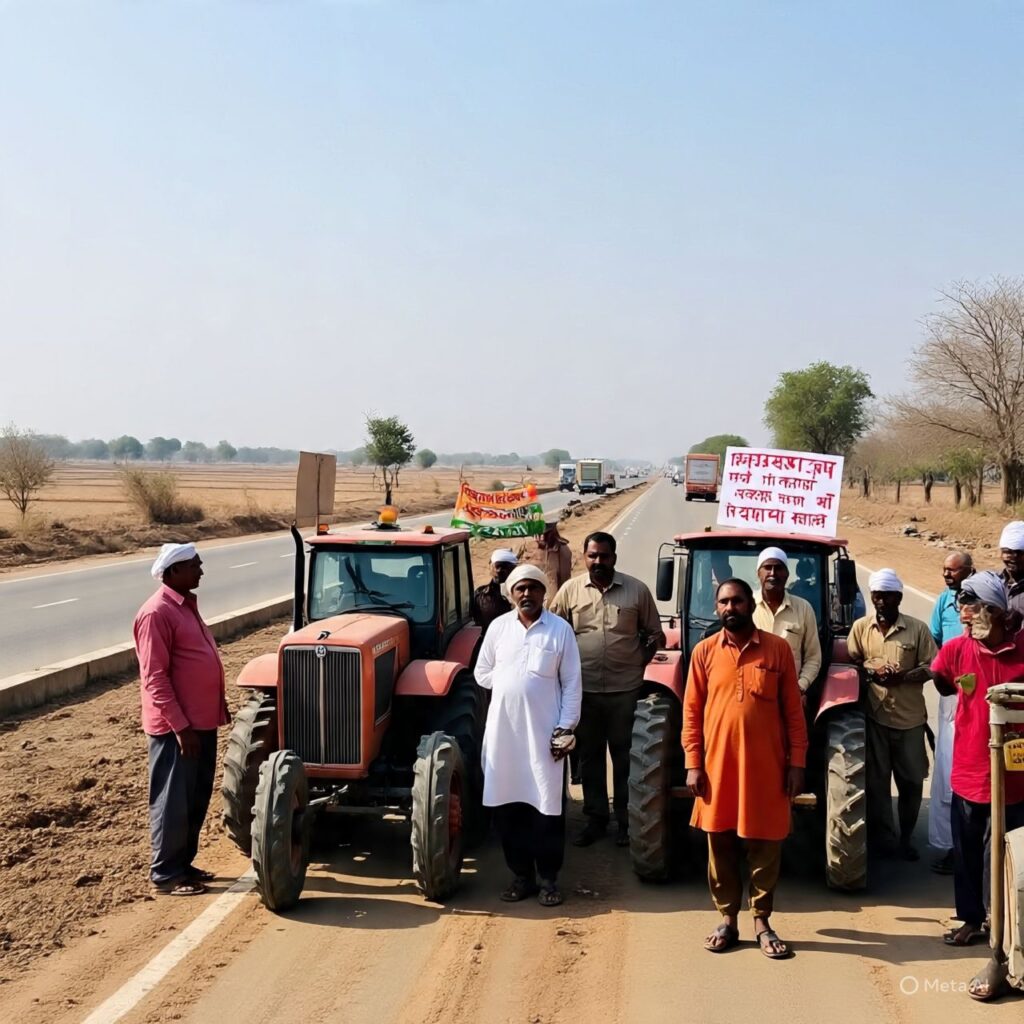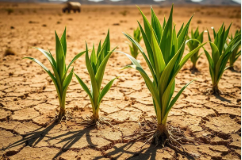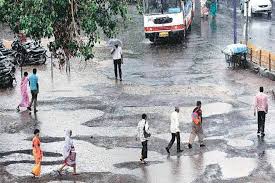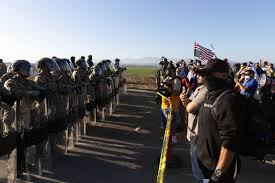
In the heart of India’s agricultural belt, the struggle for timely access to basic farm inputs continues to test the patience — and livelihoods — of millions of farmers. Nowhere is this crisis more visible than in Khargone, a district in Madhya Pradesh that recently became the stage for a dramatic farmers’ protest.
The spark? A severe shortage of urea fertilizer, which pushed desperate farmers to take an extraordinary step: blockading the busy Chittorgarh-Bhusawal State Highway, a critical link for transport and trade in the region.
The Seeds of Discontent
It is no secret that agriculture remains the backbone of India’s rural economy, employing nearly half the population. Despite technological leaps and ambitious government schemes, the day-to-day struggles of the small and marginal farmer remain deeply rooted in age-old supply chain challenges.
Fertilizer — especially urea, the most commonly used nitrogen-based fertilizer — plays a crucial role in ensuring good yields for staple crops like wheat, rice, and pulses. During peak sowing and growing seasons, timely and adequate supply of urea can make or break a farmer’s fortunes.
In Khargone, the sowing season was in full swing. But as farmers lined up for days outside local cooperative marketing centers to secure their quota of urea, frustration boiled over into rage.
12 Hours in Line, Nothing to Take Home
Farmers in the region reported standing in queues for 12 to 15 hours straight, sometimes accompanied by entire families, just for the chance to buy the urea they needed. For many, that chance never came. When they did reach the front of the line, the stock had often run dry.
The scene was not one of isolated inconvenience — it was repeated across villages in Khargone district and beyond. For farmers who had already invested in seeds, ploughing, and irrigation, this shortfall risked destroying entire harvests.
Faced with wilting crops and no answers, the people decided that enough was enough.
The Highway as a Protest Site
In rural India, a highway is more than just a strip of asphalt — it is a lifeline. It connects remote villages to markets, cities, and supply chains. By blocking the Chittorgarh-Bhusawal State Highway, farmers sent a message that could not be ignored.
Hundreds gathered on the road with tractors, bullock carts, and even families in tow. They sat down in the middle of the highway, chanting slogans, demanding answers from the administration, and refusing to budge until assurances were given.
What started as a local outcry quickly caught the attention of district authorities. Traffic piled up for miles, stranding trucks, buses, and private vehicles. The blockade was not just an inconvenience for commuters — it was a clear symbol that farmers would not accept being pushed to the margins yet again.
Officials Caught Off Guard
Local officials scrambled to control the situation. Administrative teams and police personnel arrived at the protest site to negotiate with the agitated crowd. It took hours of heated discussions, assurances, and promises of immediate supply to persuade the farmers to lift the blockade.
But the damage — both real and symbolic — was already done. The protest highlighted deep cracks in the fertilizer distribution system, raising uncomfortable questions about how a country that aspires to feed the world still fails to ensure that its own farmers have what they need to grow food.
Why Is There a Shortage of Urea?
India’s urea distribution is highly regulated. The government controls prices through heavy subsidies to keep fertilizer affordable for farmers. But this subsidy structure also creates dependence on centralized procurement and rationed distribution.
Multiple factors contribute to shortages like the one witnessed in Khargone:
- Supply Chain Bottlenecks: From factories to warehouses to cooperative centers, any disruption — be it transport strikes, administrative delays, or logistic errors — can create ripple effects during peak seasons.
- Hoarding and Black Marketing: When farmers fear scarcity, demand spikes unnaturally. Hoarding by middlemen or diversion of urea for illegal industrial uses further strains availability.
- Lack of Local Stock Buffer: Many local centers do not maintain enough reserve stock, so even minor surges in demand can empty shelves overnight.
- Mismatch Between Demand and Delivery: Paper records may show supply dispatch, but actual on-ground delivery often falls short or arrives too late.
The Human Cost
For farmers in Khargone and surrounding regions, this is not just about statistics or policy gaps — it is about survival. In the crucial weeks after sowing, young crops need nitrogen to develop strong roots and shoots. Delayed or reduced urea supply can stunt growth, slash yields, and ruin an entire season’s investment.
In many families, agriculture is the only source of income. When crops fail, debts mount. Many borrow money from informal lenders at high interest rates, trapping them in cycles of poverty. Fertilizer scarcity, therefore, does not just affect farms — it fuels distress migration, school dropouts, and sometimes even farmer suicides.
Political Fallout
Such large-scale protests inevitably have political ramifications. Local representatives, including MLAs and opposition leaders, often rush to stand with the protesting farmers — and rightly so. For elected leaders, a fertilizer crisis is a high-stakes issue that can shape electoral outcomes.
While officials may assure farmers of fresh supplies and better management, the people know these promises are often temporary fixes. The demand for structural change grows louder each time the supply chain fails.
Can This Crisis Be Solved?
Experts believe that addressing the fertilizer crisis requires a mix of short-term fixes and long-term structural reforms.
Short-Term Measures:
- Emergency Supplies: Authorities must ensure quick replenishment when shortages emerge. Mobile supply vans and special ration camps can help clear backlogs.
- Strict Monitoring: Local officials need to crack down on hoarding and black marketing to prevent artificial scarcity.
- Better Communication: Real-time updates about stock availability can reduce chaos and prevent panic buying.
Long-Term Solutions:
- Diversifying Fertilizers: Encouraging farmers to adopt balanced use of fertilizers — including organic manure and other nutrients — can reduce overdependence on urea.
- Improving Local Production: Investing in modern plants and reducing import dependence will help stabilize supplies.
- Smart Distribution: Digital tracking of supply and demand can ensure fertilizers reach the right places at the right time.
- Empowered Cooperatives: Strengthening local cooperative societies can ensure timely, transparent, and fair distribution to all.














